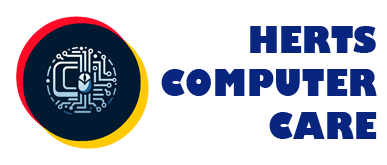Project details
- Japan Links Ltd
- Jan 2023
- Shak
- Performance Upgrades

Lead Engineer
Our Services
Performance Upgrades and optimisation
The purpose of computer performance optimisation and upgrades is to enhance the overall efficiency, performance and effectiveness of the computer systems and its’ applications.
It involves the systematic evaluation, analysis, and modification of various components, such as hardware, software, and system configurations, to achieve optimal performance levels.
By optimizing computer performance, organisations and individuals can significantly improve productivity, reduce costs, and enhance user experiences. Performance optimization aims to eliminate bottlenecks, improve response times, maximize resource utilization, and minimize errors and delays.
It involves tasks like code hardware upgrades, optimisation, system tuning, resource allocation, caching mechanisms, and algorithm enhancements to ensure that computer systems operate at their highest potential, delivering faster processing, better throughput, and improved scalability.
Ultimately, the purpose of computer performance optimization is to provide smooth and efficient computing experiences, enabling users to accomplish tasks swiftly and effectively while maximizing the utilization of available resources.
Our experience and expertise form the foundation of our success and enable us to deliver exceptional results to our clients.
With years of industry knowledge and a team of highly skilled professionals, we have developed a deep understanding of our field and the intricacies involved. We have successfully tackled numerous challenges and complexities, refining our skills and expanding our capabilities along the way.
Our experience encompasses a wide range of projects, industries, and technologies, giving us a versatile perspective and the ability to adapt to diverse requirements.
Furthermore, our expertise extends beyond technical proficiency; we possess a strong business acumen, enabling us to align our solutions with the unique objectives and goals of each client.
We pride ourselves on staying up-to-date with the latest trends and advancements, continuously refining our knowledge base to provide cutting-edge solutions.
This combination of experience and expertise empowers us to deliver value-driven outcomes, surpassing expectations and building long-lasting partnerships with our clients.
When you choose to trust us with your project, you are putting your confidence in our extensive experience and expertise.
We have a proven track record of delivering outstanding results and exceeding client expectations.
Our team is comprised of highly skilled professionals who possess deep knowledge and understanding of our industry. We have successfully tackled diverse challenges and have honed our skills through years of hands-on experience.
Our expertise spans a wide range of domains, allowing us to offer comprehensive and tailored solutions to meet your specific needs. We stay abreast of the latest trends and advancements in our field, continuously expanding our knowledge base to provide cutting-edge strategies and innovative approaches.
With our expertise and experience, we are well-equipped to handle your project with precision, efficiency, and utmost professionalism.
Trusting us means placing your project in capable hands, ensuring that you receive top-quality results and a seamless experience from start to finish.
Project Overview
Remember that the specific steps and approaches may vary depending on the system or application being optimized, so it’s important to adapt these guidelines to the specific context and requirements of the situation.
